A support document published by Apple on Friday reveals only two of the four Thunderbolt 3 ports in the latest 13-inch MacBook Pro with Touch Bar support full-speed data transfer, potentially limiting the notebook's flexibility for power users.
Apple in a Support Pages document covering Thunderbolt 3 connectivity says late-2016 MacBook Pro port data speeds "vary slightly" depending on the model. Of note, the 13-inch version with Touch Bar delivers full PCI Express bandwidth, and thereby lower throughput, to only two of its four ports.
Specifically, the two ports on the notebook's right hand side provide full Thunderbolt 3 functionality, but have reduced bandwidth, while the left pair retains full PCIe throughput. For this reason, Apple recommends connecting high performance peripherals like fast Thunderbolt 3 RAID arrays via the left-hand ports.
By comparison, the more powerful 15-inch MacBook Pro model supports full PCIe bandwidth on each of its four Thunderbolt 3 ports, as does the 13-inch MacBook Pro without Touch Bar for its two ports.
As AppleInsider noted in a deep dive into Thunderbolt 3 earlier today, the new MacBook Pro with Touch Bar models incorporate two Thunderbolt 3 controller chips.
The exact setup remains unclear at this time, but the latest hardware likely employs a version of Intel's Alpine Ridge controller and chipset. Intel currently lists multiple variations of Alpine Ridge in single-port, dual-port and low-energy SKUs, each with a different number of PCIe lanes. A single lane is defined as a pair of unidirectional signaling connections that in a PCIe bus work together to deliver full duplex communication. These lanes determine how much data can flow through a PCIe link, and are likely behind the 13-inch MacBook Pro's specs.
Considering the 13- and 15-inch MacBook Pro with Touch Bar offerings are able to run a 5K display — two 5K or four 4K monitors on the 15-inch model — Apple is thought to be using a pair of dual-port controller chips on both versions. What remains unclear, however, is whether the controller chips are identical. From the support document, it appears that either the 13- and 15-inch Thunderbolt 3 controllers have a different number of PCIe lanes or, more likely, that the 13-inch model's bottleneck is external to the chipset.
 AppleInsider Staff
AppleInsider Staff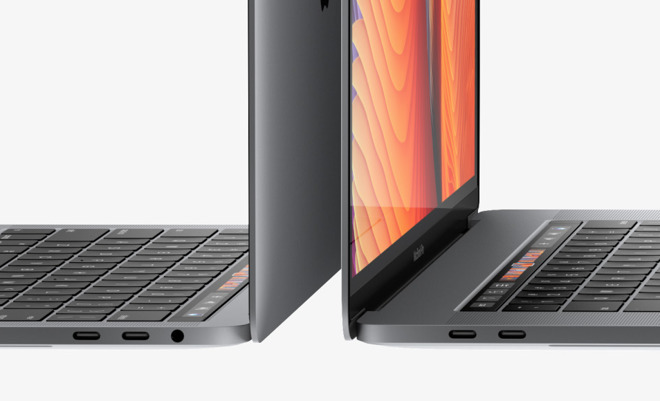

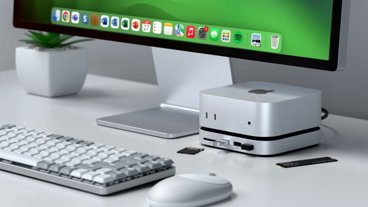


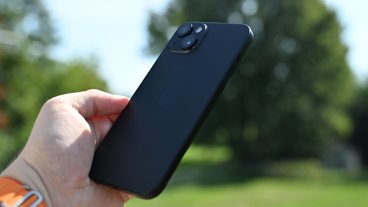








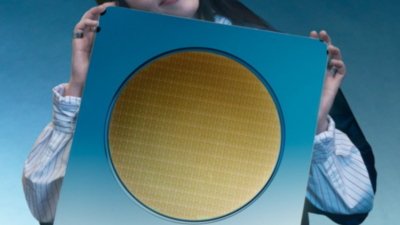
 Andrew Orr
Andrew Orr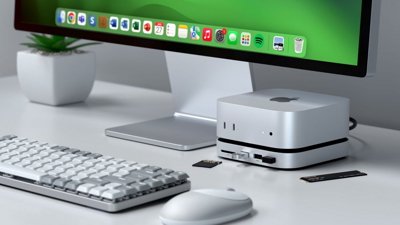
 Amber Neely
Amber Neely

 William Gallagher
William Gallagher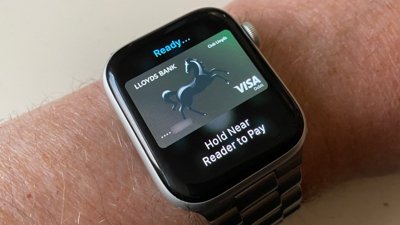


 Christine McKee
Christine McKee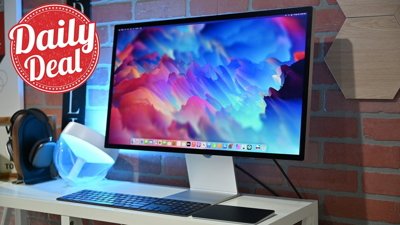

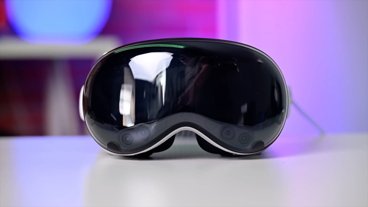






86 Comments
What would the cost difference be for a 2nd controller? How large is this controller?
The user and all related content has been deleted.
The ports on the right will the perfect mate for the iPhone 8 with its USB-C.
Why? Here we go again Apple crippling the 13" Pro's spec in comparison to the ridiculously more expensive 15" version. Even though they're both very expensive laptops to begin with. They give you something good with one hand, slap you in the face with the other. The 15" already has a lot of power user advantages over the 13", they could of at least given the 13" 4 'proper' TB3 ports.
Redefining 'pro' again.